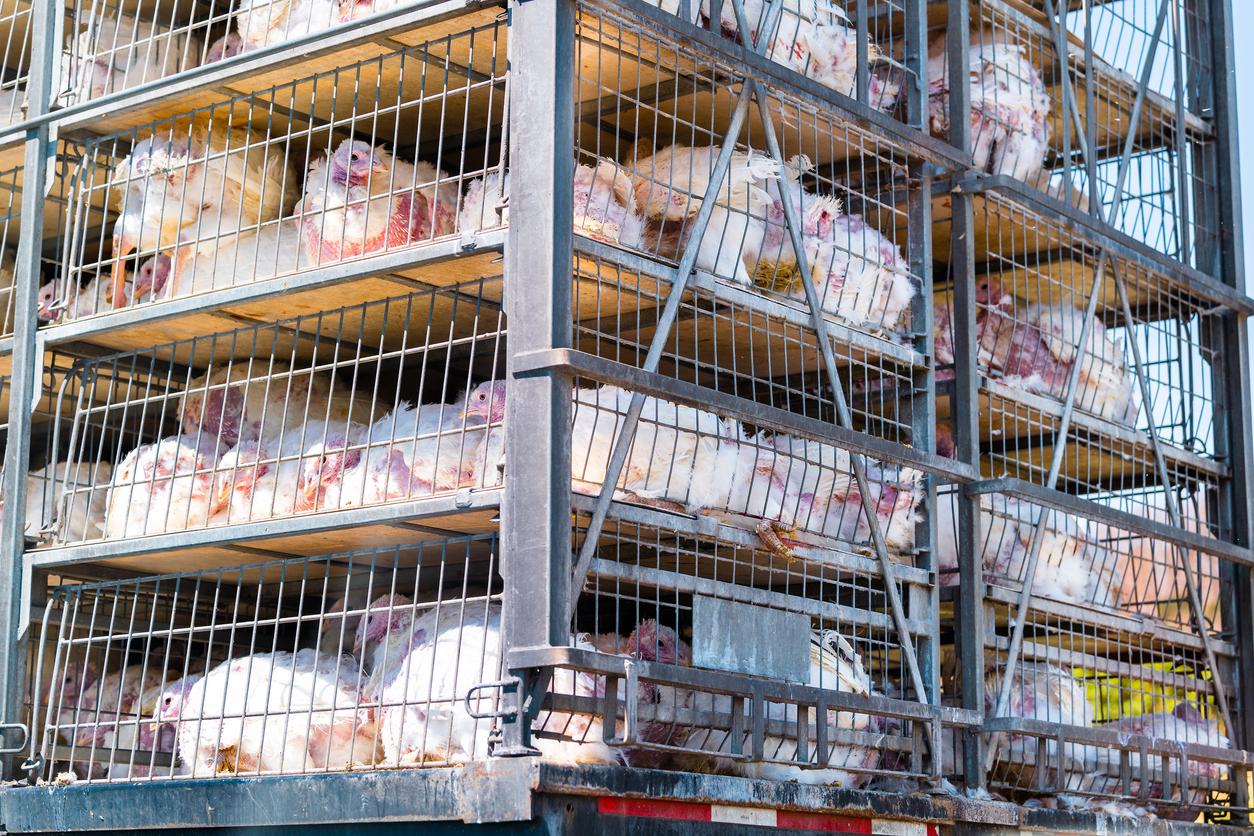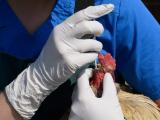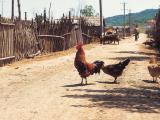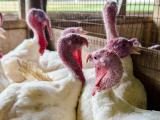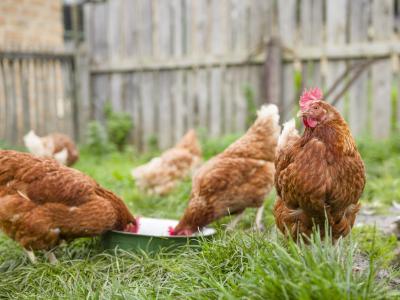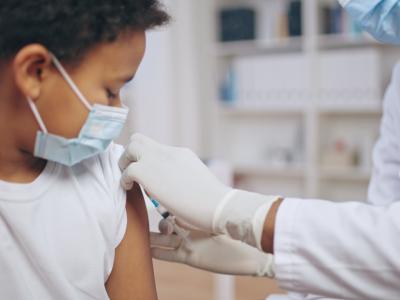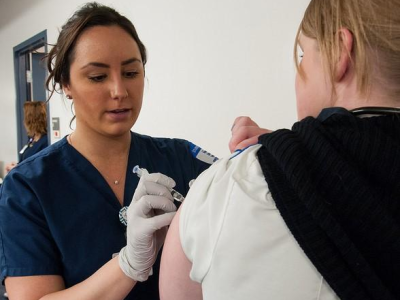The US Department of Agriculture (USDA) Animal and Plant Health Inspection Service (APHIS) has noted several new H5N1 outbreaks and detections in commercial poultry flocks, backyard flocks, and wild migrating birds.
The uptick in H5N1 activity signals that the avian influenza season is fully under way, with states in the Midwest and the South mostly affected in the new reports.
Over the last 30 days, highly pathogenic avian influenza (HPAI) has been confirmed in 38 flocks, including 24 commercial flocks and 14 in backyard locations. Over that period, more than 4.4 million birds were affected. In the past week, 5 commercial and 6 backyard locations were identified.
Two large commercial turkey farms in Minnesota have new outbreaks. In Becker County, 72,500 birds have been affected, and in Kandiyohi County, a flock of 32,900 birds was affected. Outbreaks among backyard poultry in Montana, Arkansas, Idaho, and Oregon were also reported, with flock sizes ranging from 30 to 70 animals.
Detections spike in migratory birds
Wild-bird detections have also spiked, especially in migratory blue-winged teal. In Kansas, 20 hunter-harvested blue-wing teal had H5N1. Five blue-wing teal collected in Cameron County, Louisiana, were also infected.
Wyoming, Ohio, Colorado, Kentucky, Virginia, and New York each reported single H5 detections in black and turkey vultures. In Michigan, four Canada geese and a trumpeter swan were found to have HPAI.
In related scientific news, a replicating RNA vaccine based on older, historical H5N1 avian flu antigens can protect macaques from lethal infections with the latest strains of the H5N1 avian flu virus, according to a study in Science Translational Medicine.
Existing stockpiles may offer some protection to humans.
“These data support continued development of HPAI A H5N1 vaccines and suggest that existing stockpiles may offer some protection to humans,” the authors wrote.
And in the Journal of Wildlife Diseases, a letter from Canadian researchers describes highly pathogenic H5N1 avian flu detected in 41 species at risk (SAR) in Canada. Detections were found in 20 species on Canada’s endangered or threatened list. Eight mammal species also had detections, but none met the criteria for SAR.
